Until recently, I only had a vague understanding of what Mochi even was. I knew that Trader Joe’s had a delicious assortment of mochi-covered ice cream and that some frozen yogurt shops offer the chewy little rice balls as toppings, but that was about it. Over the holidays, I was invited to my friend’s home where her Japanese-American family has carried on the ancient tradition of Mochi making.
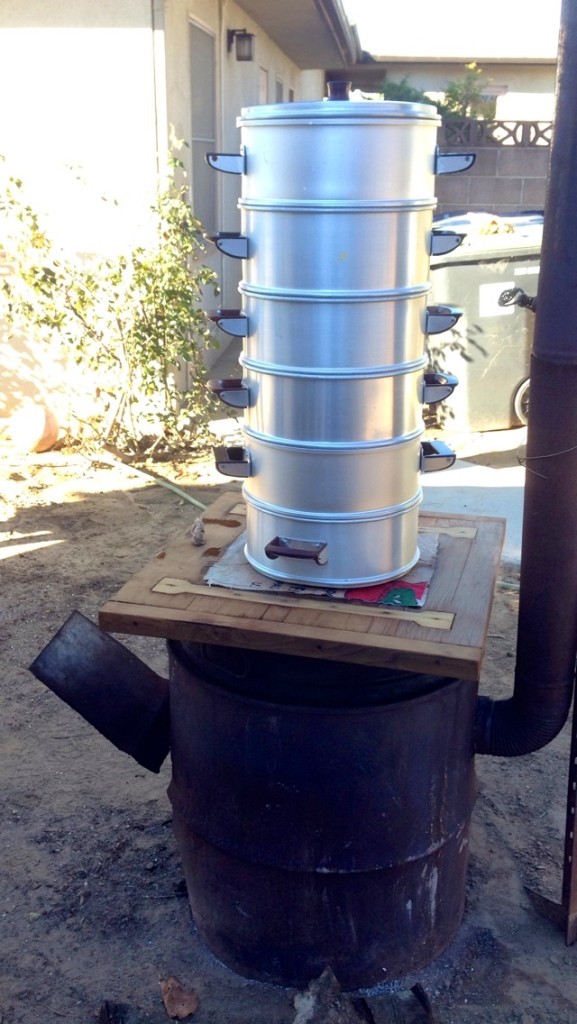
Photo by Kimberly Rich
First the rice is specially steamed over a wood burning fire.
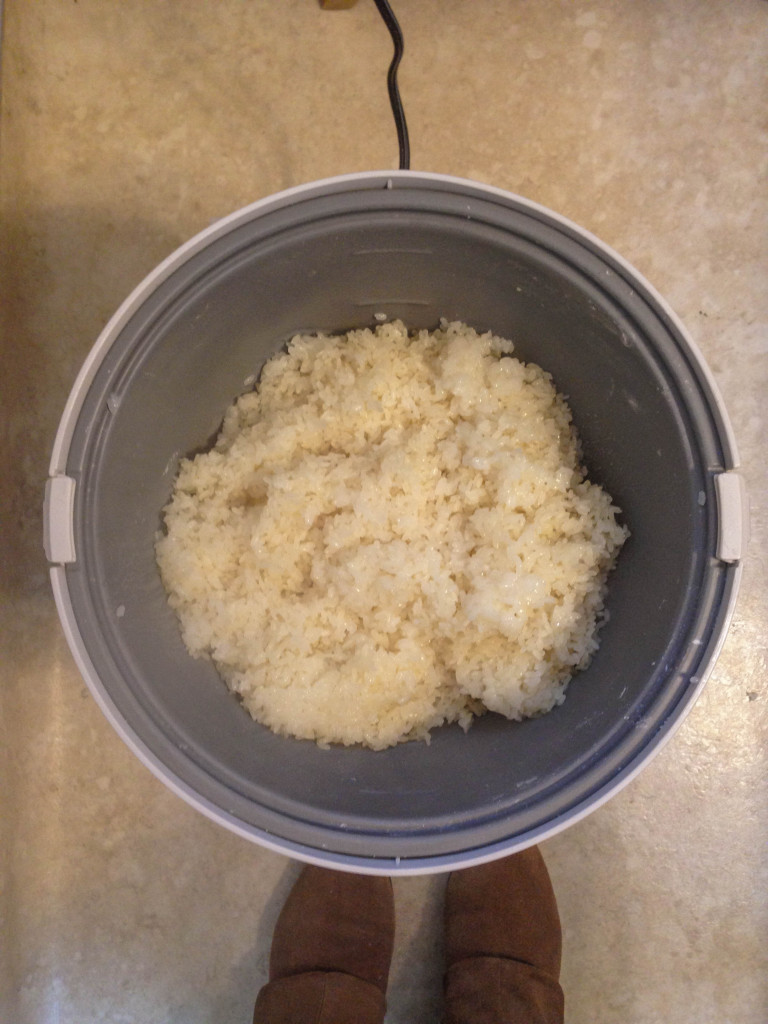
Photo by Kimberly Rich
Once the rice has completely cooked, it’s time to turn it into the sticky mochi. Traditionally this is done by repeatedly hammering the mochi with a large wooden mallet, but mixing machines such as these are used too. (Watch this video of mochi hammering, it is seriously cool).
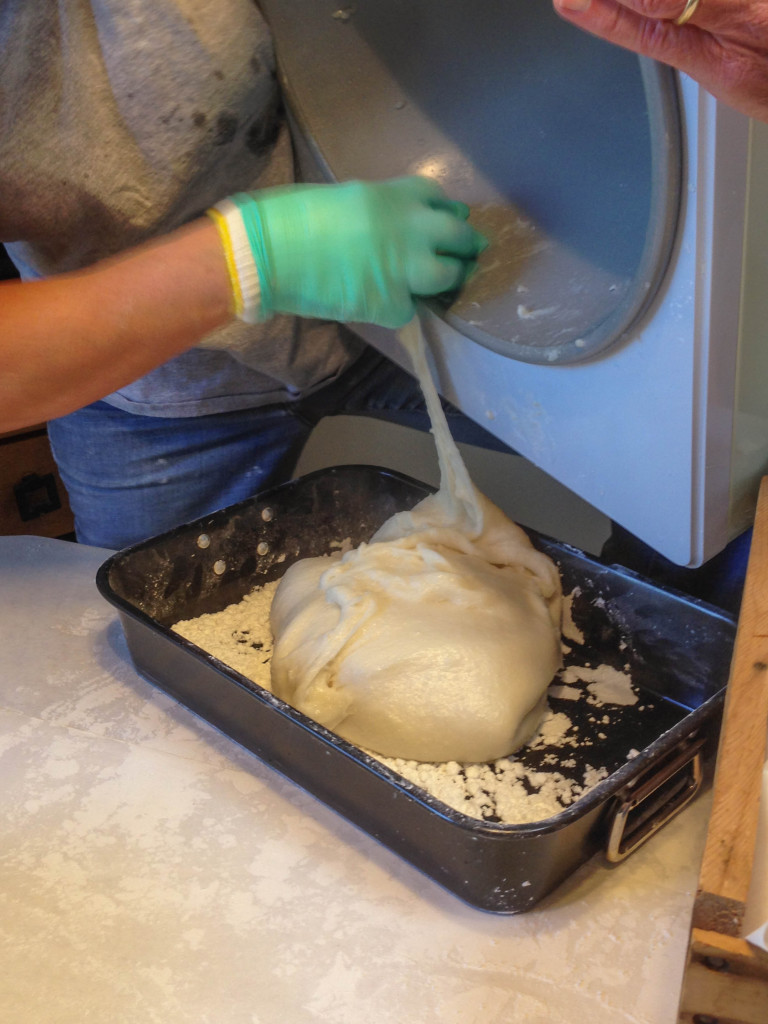
Photo by Kimberly Rich

Photo by Kimberly Rich
After thoroughly dusting both the table and your hands in rice flour, the hot and pliable mochi is ready to be shaped.
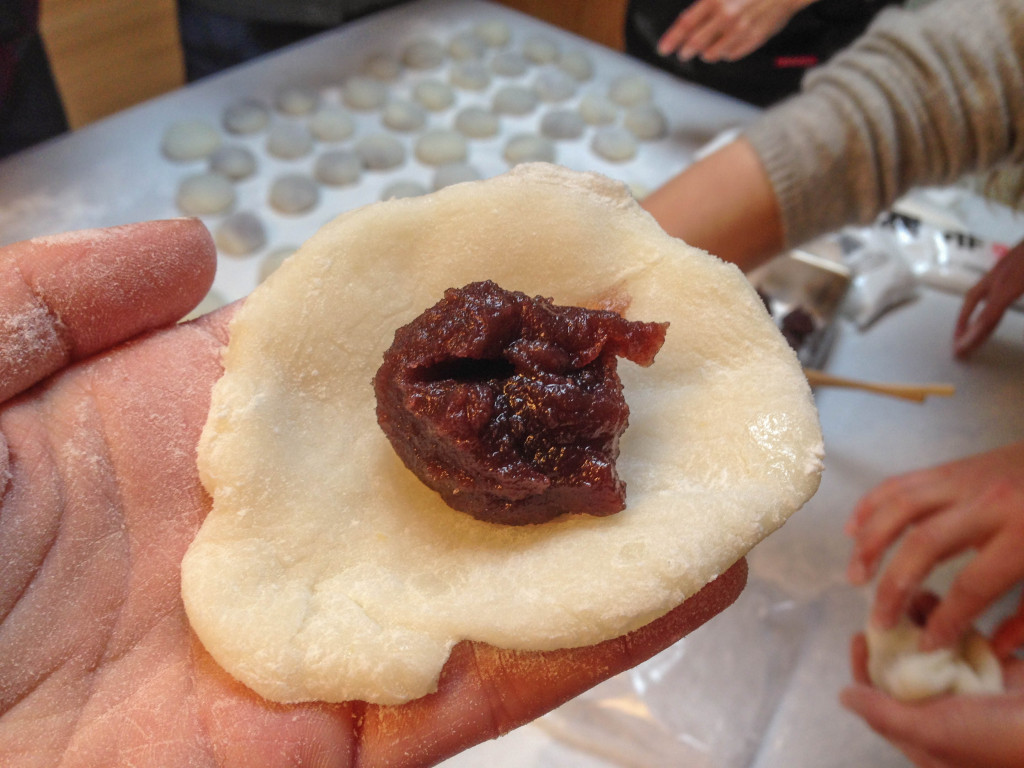
Photo by Kimberly Rich
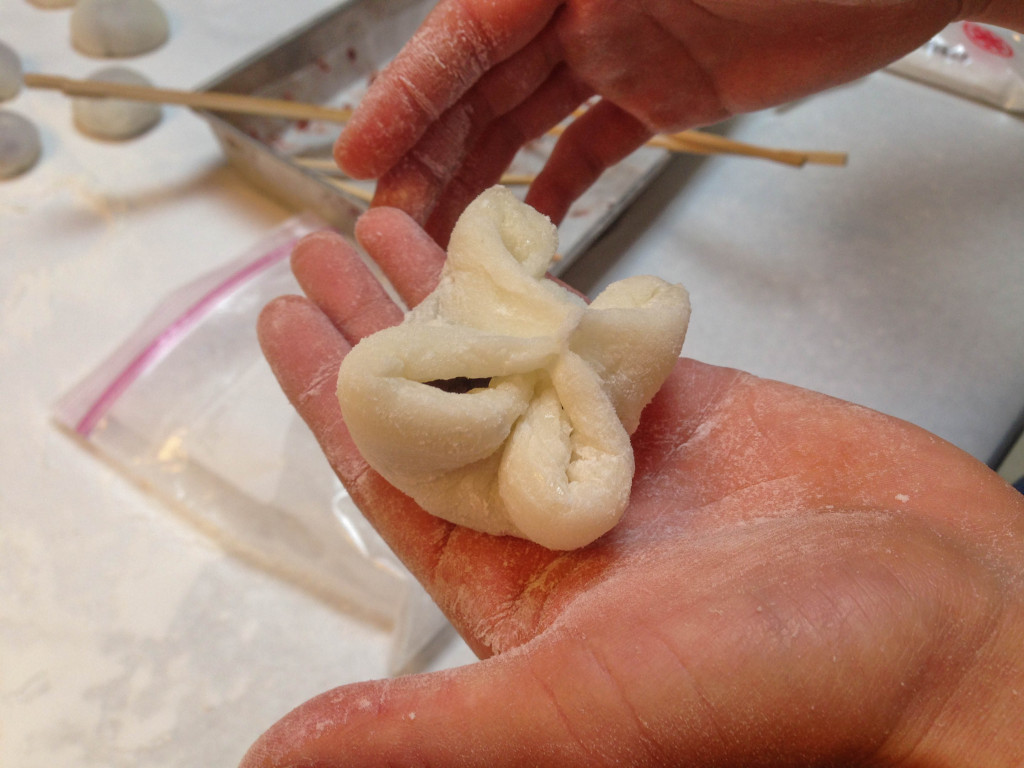
Photo by Kimberly Rich
Mochi is prepared in a huge variation of ways: it can be sautéed with sauce, stuffed with fillings, baked, grilled, put in soups, nearly anything. Here, we made An Mochi, which is sweet mochi filled with a sweet red azuki bean paste. To get that perfectly smooth and round surface that mochi is known for, you need to pinch the top until the filling is sealed inside and the bottom is stretched and smooth. Then you flip it over and wait for it to cool….
Or you eat it while it’s still warm…
And to be frank, it was bomb.
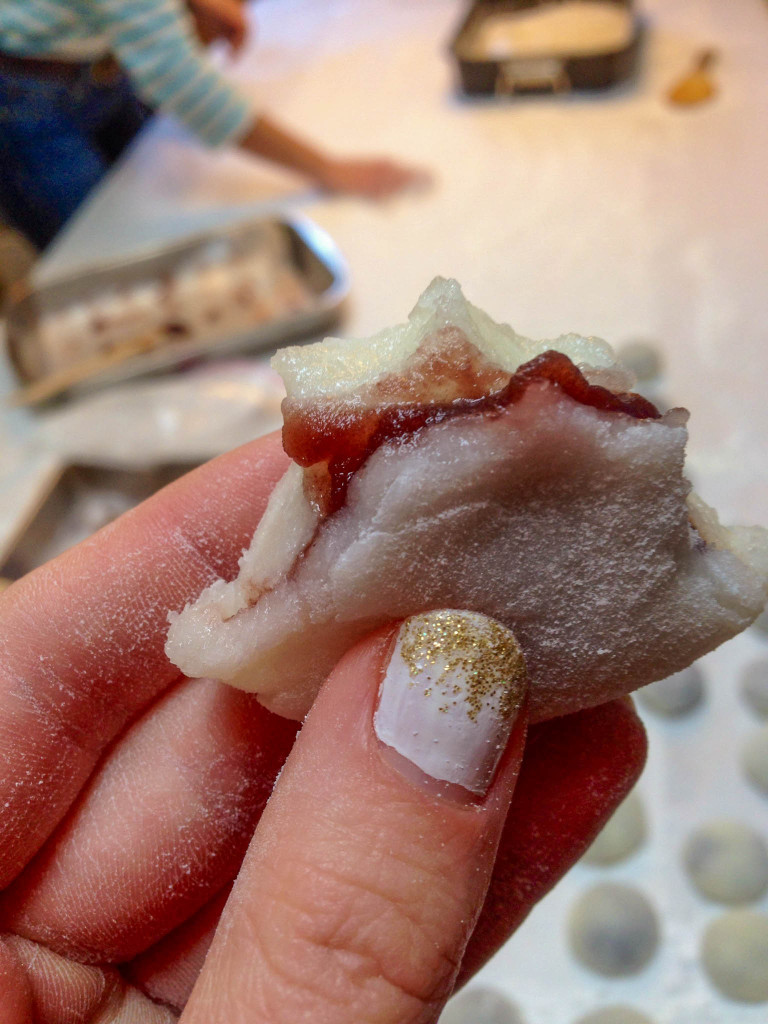
Photo by Kimberly Rich
The warm mochi is soft and chewy, and the sweet bean mixture inside reminded me a little bit of a fruity jelly.
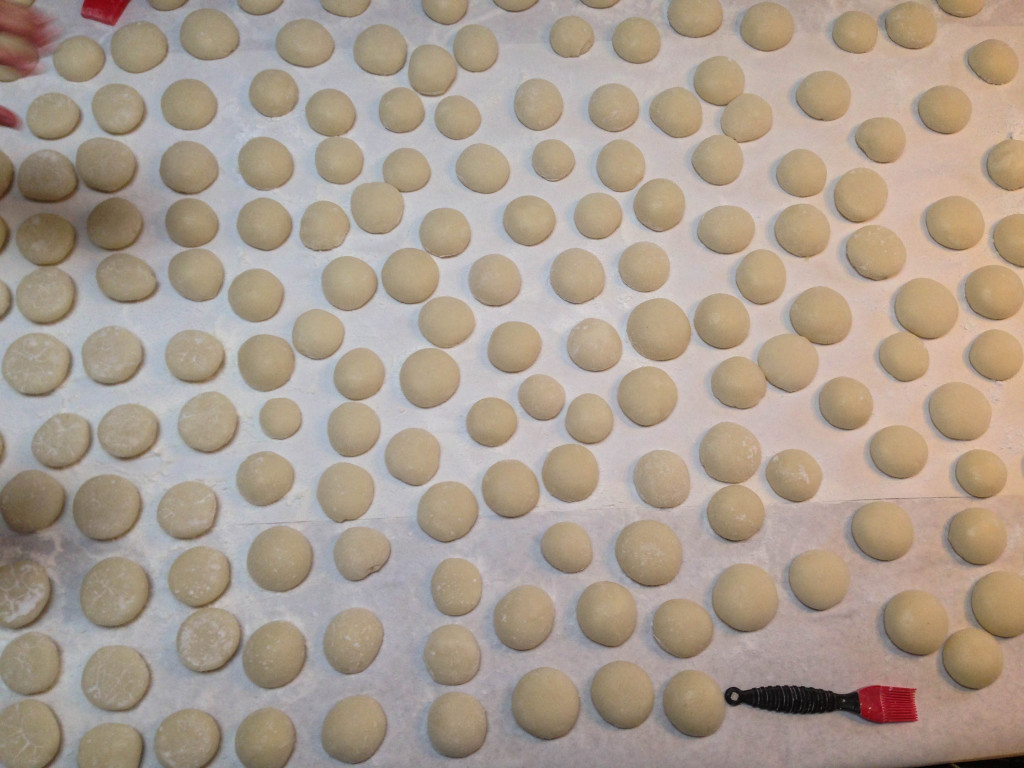
Photo by Kimberly Rich
So even though mochisuki (the Japanese New Year mochi making tradition) only comes around once a year, mochi can be enjoyed year round. So what are you waiting for? Go get your mochi on.

